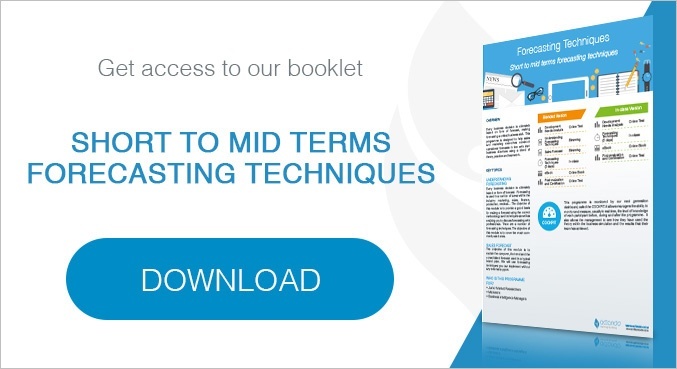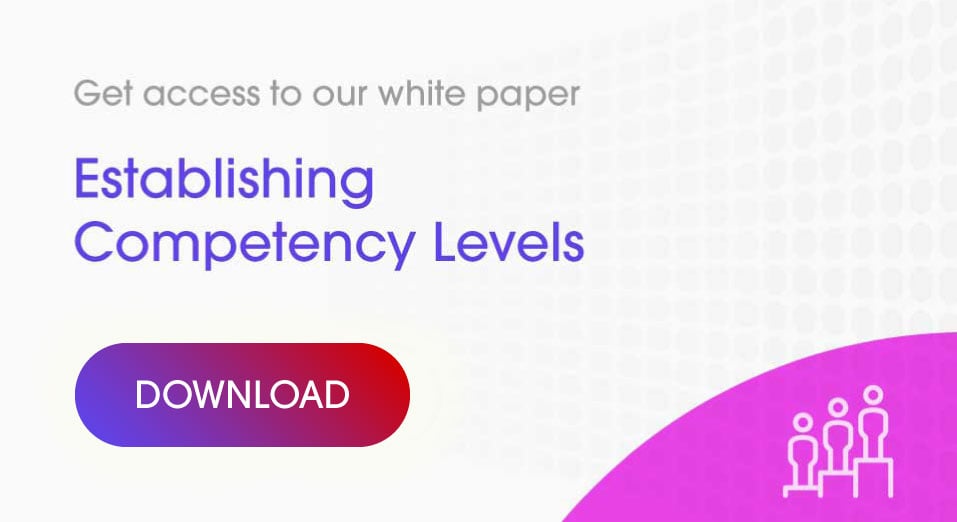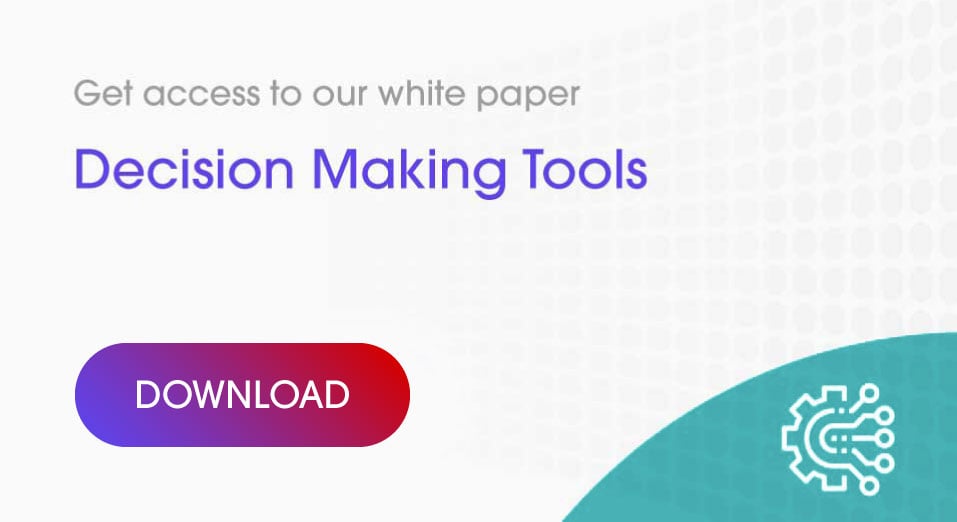Forecasting product sales is one of the most important activities undertaken by the brand team during the course of the year. Whether it is the annual sales forecast or the 5-year projections so beloved by senior management, the simple fact remains that every business decision is ultimately based on a forecast. The problem, however, is that forecasts are inherently inaccurate and this inherent inaccuracy is compounded when forecasting launch products.
In this article we shall explore forecasting within the context of a launch environment, looking broadly at methodologies and potential pitfalls before considering a few simple ways in which we can improve forecast accuracy with training solutions.
1. Approaches to Forecasting
Forecasting generally falls into three broad methodologies: subjective, objective and hybrid.
1.1 Subjective methodologies
Subjective methods are based around personal experience and judgement, providing intuitive predictions, rather than those based on statistics or mathematical analysis. Examples of subjective methodologies would include techniques such as scenario planning, moderated group discussions, Delphi techniques or the even the occasional “gut-instinct” approach.
These techniques can be useful in unstable markets or where little historical data exists and so may well be helpful within the context of the launch environment. The subjective nature of these techniques, however, is both their strength and their weakness because, at the end of the day, they boil down to the simple statement “because I / we think so”.
As they are built on a qualitative understanding of a market, rather than a logical quantitative platform, they are easily open to challenge by stakeholders. In addition, they automatically introduce a degree of bias into the forecasting process, thereby increasing the potential for inaccuracy
1.2 Objective methodologies
Objective methods, also called demand-based methodologies, attempt to eliminate subjectivity as much as possible by relying on mathematical and statistical processes to achieve accurate forecasts. Examples of objective methodologies include time-series modelling and extrapolation.
These models assume that whatever happened in the past will continue to do so in the future and make no attempt to explain the market. It is this reliance on past activity that makes them inappropriate for forecasting launch products.
1.3 Hybrid methodologies
The third methodology is the hybrid method, also called the patient-based methodology. Patient-based methodologies seek to combine the best of the objective and subjective methodologies into a logical, mathematical process.
Patient-based modelling takes into account both the qualitative and quantitative elements of a forecast by using demographic data combined with disease incidence and prevalence, as well as market data to provide a an integrated basic framework. This framework is then supplemented by more subjective information and opinion to deliver the more qualitative elements of the forecast.
This process limits the degree of subjectivity within the process but still allows the forecaster to try and explain the market and include more qualitative elements, such as leading indicators or scenario planning, within the model. Furthermore, the way in which the forecasting model is built allows for the brand team to logically explain the market and their assumptions in a way that allows for informed discussion.
2. Which factors influence the choice of forecasting method?
The choice of forecasting method will depend on how far ahead we wish to forecast, how much data we have available and the ultimate purpose of the forecast.
The unique challenges presented to forecasters within the context of a launch environment mean that objective methodologies are inappropriate as a forecasting method and that some qualitative and subjective input will be required.
The challenge, however, is to minimise the inherent bias and subjectivity found in all of the subjective methodologies and this is where the hybrid models are so powerful. By combining objective parameters such as population, prevalence, diagnosis and treatment rates, the subjective inputs such as uptake rates and market penetration are moderated to a substantial degree.
A further advantage of patient-based forecasting is that you can use it to forecast in any environment, allowing a single, transferable skill to be mastered by the brand team.
At the core of the forecasting process, however, is the negotiated approach, with the forecasters developing their predictions and negotiating with representatives from other departments, particularly the senior management team, to achieve a final forecast figure.
3. The Pitfalls of Forecasting
Irrespective of which forecasting technique is used, by their very nature forecasts are always incorrect to some degree. The challenge, therefore, is to minimise the degree of inaccuracy by being aware of possible pitfalls, particularly if you are using one of the more subjective forecasting methods.
3.1 The GIGO Principle
GIGO, as I am sure that you know, is a computer term that stands for Garbage In, Garbage Out. This implies that the forecast you get out of a system, irrespective of which method you choose, is only as good as the data you put into the system in the first place. If you use bad data, you cannot hope for an accurate forecast. The better the data that you use to create the forecast, the more accurate that forecast is likely to be.
3.2 The Unworkable Model
The unworkable model has two aspects to it: a model that is mathematically incorrect and the model that is too complicated to practically deliver the required forecast. In the case of a mathematically incorrect model, irrespective of how accurate your data inputs are, you will never get an accurate forecast as the mathematics underlying the model are simply wrong. Always ensure that you check the formulae and logic of the model thoroughly before you validate it.
In the case of an over-complicated model, forecasters simply do not understand how to use the model or else it takes an extremely long time to complete. It is our experience that complicated models seldom deliver increased forecast accuracy and so you should always rather err on the side of simpler models where possible.
3.3 The Selective Hearing Bias
Forecasters ignore feedback and supplementary information at their peril. The selective hearing bias is largely rooted in the unwillingness of the forecasting team, or the senior management team, to listen to the feedback they are receiving about their assumptions. This might be in terms of field force input, information from advisory boards, market research or feedback from the country marketing teams in the case of an international department.
3.4 Managerial Enthusiasm
We’ve all been there; you develop a forecast that is as accurate as you can possibly get it based on the information at your disposal. The model delivers outputs that reflect your assumptions as comprehensively and as accurately as you can possibly make it. It has taken long days and nights to prepare but you are confident in the numbers, able to defend your assumptions and happy that this is the most accurate forecast of the future that you can make.
This state of affairs lasts as long as it takes you to begin your presentation, with a flourish you present your conclusions and then it starts… the pressure to up the numbers. You end up feeling as if you needn’t have bothered with the science and that the management team may just as well have given you the numbers they want in the first place.
This has happened in every company with which we have worked, either as an employee or as a consultant, and is responsible for more inaccurate forecasts than any other pitfall. Managers must trust their teams to develop accurate forecasts. By all means test the assumptions but trust your teams to deliver accuracy.
4. How do we improve forecast accuracy?
Even though we cannot remove inaccuracy completely, there are steps we can undertake to reduce it.
4.1 Understand your market
Firstly, ensure that you are aware of what is happening in your market and that your assumptions are as accurate as possible. Discuss the leading indicators you have chosen with the wider team members and listen carefully to what is said (and sometimes not said) to ensure that you have the best chance of predicting market changes.
It is also worthwhile looking at analogues, by which we refer to the practice of using the launch trajectories of similar products to estimate the performance of your own brand. Within the context of a product launch, they are extremely useful to estimate your market penetration during the launch phase and are therefore valuable in estimating your expected market shares.
For analogues to be successful, however, they need to share many of the same product characteristics with your brand and should operate in markets that show similar characteristics to the market into which you will be launching. A word of caution though, you must remember that, no matter how similar your analogues are, no two products will perform identically in the market and so analogues are a guide only, not a definitive expectation.
4.2 Use the best data available
Secondly, always remember that the single biggest mitigator of risk is information. Use the best data available to you, preferably from a diversity of sources and compare, analyse critically and reassess until you end up with the best market overview possible. Allied to this point is the need to invest in, and use, valid market research and to ensure that you gather all relevant information you can from your supply chain.
4.3 Manage the human element
Thirdly, and probably most importantly, it is critical that you manage the human bias inherent in forecasting. As we have discussed in the section above, managerial pressure and selective hearing have a direct impact on the final forecast and it is essential that teams are aware of this and manage it appropriately.
5. Summary
The importance of accurate forecasting in today’s business environment stems from the simple fact that every business decision is ultimately based on a forecast. Within the launch context, given that decisions affecting resourcing and profit projections are directly linked to product forecasts, it is absolutely critical that these forecasts are as accurate as possible.
Forecasting therefore needs to be seen as a core management competency, a skill to be developed. It is for this reason that forecasting is one of the main areas of focus within our Launch Excellence training programme. By teaching our delegates how to build a patient-based forecasting model within a highly detailed and challenging case study, based on a real product launch, we help them develop this key competency within a risk-free environment.
Bibliography
- Aaker D. (1995) Strategic Market Management (4th Edition). John Wiley and Sons.
- Erhman C. and Schugen S. (1995) “The Forecaster’s Dilemma”. Marketing Science. Vol. 14 No.2
- Guerts M and Whitlark D. (1999) “Six ways to make sales forecasts more accurate”. The Journal of Business Forecasting.
- Metzer J. Bienstock C. and Kahn K. (1999) “Benchmarking sales forecasting management”. Business Horizons.
- Moon et al. (1998) “Seven keys to better forecasting”. Business Horizons.
- Wallace T. (2006) “Forecasting and Sales and Operations Planning: Synergy in Action” The Journal of Business Forecasting.











